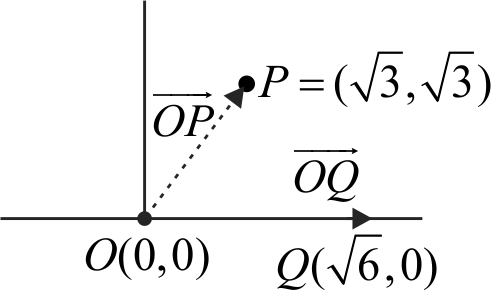359372 An electric change \({10^{ - 6}}\mu C\) is placed at origin \((0,0) m\) of \(X-Y\) co-ordinate system. Two points \(P\) and \(Q\) are situated at \(\left( {\sqrt 3 ,\sqrt 3 } \right)m\) and \(\left( {\sqrt 6 ,0} \right)m\) respectively. The potential difference between the points \(P\) and \(Q\) will be :
359372 An electric change \({10^{ - 6}}\mu C\) is placed at origin \((0,0) m\) of \(X-Y\) co-ordinate system. Two points \(P\) and \(Q\) are situated at \(\left( {\sqrt 3 ,\sqrt 3 } \right)m\) and \(\left( {\sqrt 6 ,0} \right)m\) respectively. The potential difference between the points \(P\) and \(Q\) will be :
359372 An electric change \({10^{ - 6}}\mu C\) is placed at origin \((0,0) m\) of \(X-Y\) co-ordinate system. Two points \(P\) and \(Q\) are situated at \(\left( {\sqrt 3 ,\sqrt 3 } \right)m\) and \(\left( {\sqrt 6 ,0} \right)m\) respectively. The potential difference between the points \(P\) and \(Q\) will be :
359372 An electric change \({10^{ - 6}}\mu C\) is placed at origin \((0,0) m\) of \(X-Y\) co-ordinate system. Two points \(P\) and \(Q\) are situated at \(\left( {\sqrt 3 ,\sqrt 3 } \right)m\) and \(\left( {\sqrt 6 ,0} \right)m\) respectively. The potential difference between the points \(P\) and \(Q\) will be :

